Tomato Blight
Tomato blight can be a terrible thing for gardeners, so it’s important to learn how to recognize it, what to do if you find it and how to reduce your chances of getting it.
Tomatoes are a brilliant crop that come in a huge variety of shapes, colors, and forms. They are lots of fun to grow at home, and very easy to grow from seed. You can even grow companion plants for your tomatoes!
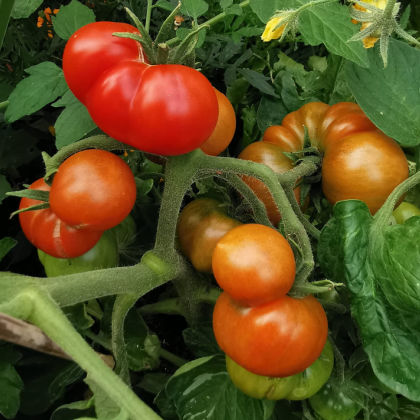
Despite them being a delicious and versatile crop, some people are put off growing tomatoes just because of the risk of tomato blight.
Tomato blight is a serious infection, but there are a lot of misconceptions about it. Here we will debunk some of the myths about tomato blight and show you how to recognise it, how to deal with it and most importantly, how to prevent it.
What is tomato blight?
Tomato blight is a fungal infection affecting all parts of a tomato plant. It is airborne, carried in on tiny spores and very common which has led to the misunderstanding that you can’t grow tomatoes in the same place if you had blight the previous year. It spreads easily, producing more spores very quickly after arriving on your plant.
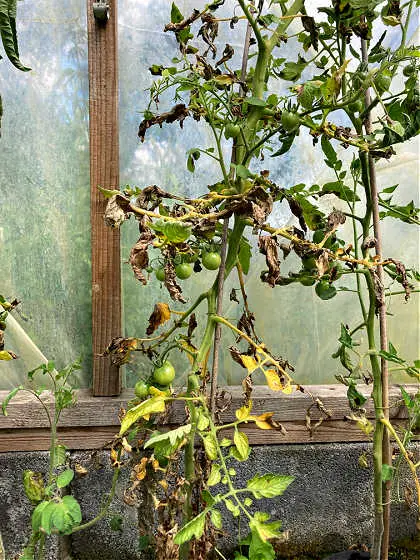
The effects of tomato blight can be devastating as it spreads very rapidly. A perfectly healthy crop can be decimated in a few days if the conditions are right for blight to spread, and it is left unchecked.
But don’t panic, tomato blight is manageable, and it is possible to have a crop even if you’ve got blight. The most important thing is that once you find blight you act quickly. It’s a good idea therefore to know what you’re doing before you see blight, and make sure you know how to recognise the signs.
What does blight look like on my tomatoes?
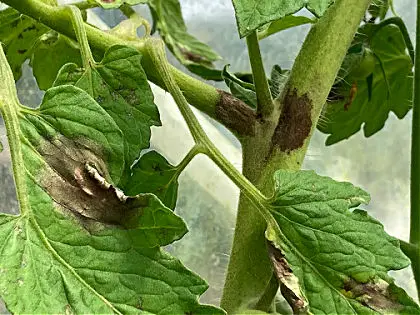
Blight appears on tomatoes as brown or silver patches. It can occur on the leaves, stem, or fruit.
Tomato blight on the leaves can be around the edges or in the centre of a leaf, it is completely random. It will look as though the leaf is going mouldy – which of course it is! Once the blight has taken hold it will leave a silvery patch of dead leaf, almost like a window, with brown around the edges. This can happen very quickly.
Blighted stems turn brown and can wither and die. Blight on the stem of a plant is less common than on the leaves, but also more problematic as you cannot remove a stem without killing a large portion of the plant.
The fruits of tomatoes will first look as though they have a brown shadow on them when they first get blight. Within a few days, the tomato will look like it is going mouldy, with the skin of the fruit becoming brown and bumpy.
How to get rid of blight on tomato plants
It can be very difficult to get rid of tomato blight. Often it is something that you will need to manage for the remainder of the growing season.
Once you have correctly identified tomato blight you will need to remove the affected parts of the plant and be vigilant. Check your plants thoroughly, daily and remove any material showing signs of blight. You can remove up to 90% of a tomato plant’s leaves without causing too much stress to the plant, so there is usually no need to remove the entire plant and lose out on your delicious crop!
As with most things, prevention is better than cure.
How to prevent blight naturally
There are a few things that we can do to prevent tomato blight, but nothing is guaranteed to work. If we try to do as many of these things as possible, we will give our plants the best chance of not getting blight.
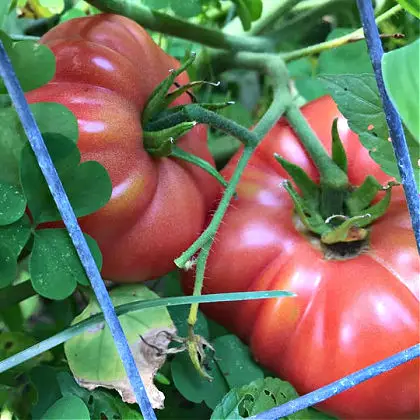
- Keep plants dry; try to water at ground level and avoid getting water on the leaves where possible.
- Remove low leaves; leaves that are dragging on the ground, or low to the ground will be more prone to getting wet and therefore getting blight. You can remove these without hurting the plant.
- Mulch the soil; this will lock in moisture, reduce splashback from watering and reduce humidity around the lower stem.
- Increase airflow; keep your plants well pruned and well supported to keep maximum air flowing around the plants.
- Give your plants space; this will also increase airflow around the plant reducing the chance of blight
- Remove damaged material; damaged or weak material is more likely to get blight. Remove it from your plant and add it to the compost.
Sprays and treatments for tomato blight
There are lots of anti-fungal sprays available on the market. They promise to treat or prevent blight, but these are also not guaranteed. Moreover, adding anti-fungal treatments to your garden will likely cause more harm to your plant than good. It is more likely to interrupt the plant’s natural (and essential) interactions with fungi in the soil.
Do not use foliar sprays to prevent blight. There are some ‘hacks’ on the internet that advise using dissolved aspirin as a spray over your plants. This is meant to bolster your plants’ natural immunity, making the plant stronger. The problem is that in doing this you create damp conditions in which blight thrives. Whereas a strong plant may still be unable to fight off blight.
There is also a myth that baking soda can fight blight, but the truth is the only way to stop the blight from spreading is to remove it.
What should I do with blighted tomatoes?
Blighted tomato plants, and plant matter should be removed from your growing area. Add the material to your compost heap if it is enclosed, or a safe distance from your vegetable patch. If you are worried about spores travelling from your compost heap to your plants put the blighted material into a bin liner and add it to the compost heap once the tomatoes have gone over.
Blight cannot live in compost, so don’t worry about composting the affected material.
Can I save my tomato from blight?
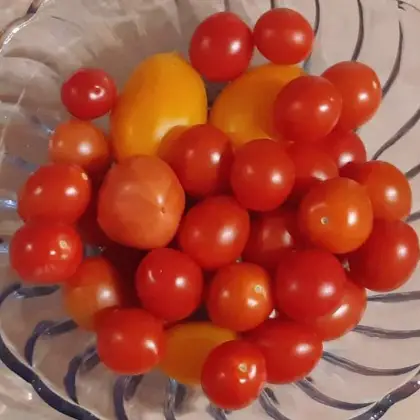
Yes, you can. You cannot recover blighted material once it has become infected, but you can remove it and be left with a perfectly healthy plant. It is likely that once blight is in your garden, it will be there for the remainder of the season. So be vigilant, and don’t be afraid to prune back hard.
Can I reuse soil after tomato blight?
Yes, absolutely. Just as blight cannot live in compost, it also cannot live in soil. It’s fine to plant tomatoes in the same spot the following year.
About the photos
Many of the images in this article were donated by members of a Facebook group. For more information, check out our Facebook page.
- Blossom End Rot - August 9, 2022
- Tomato Blight - August 4, 2022
- Drought Resistant Flowers - August 3, 2022
